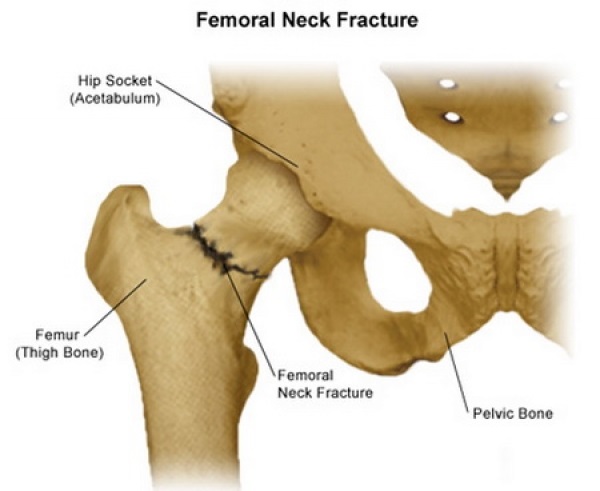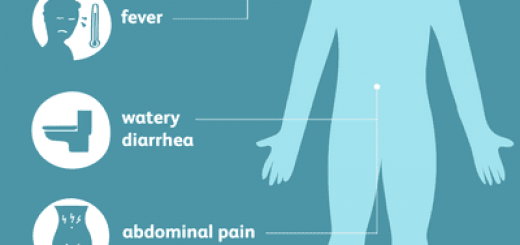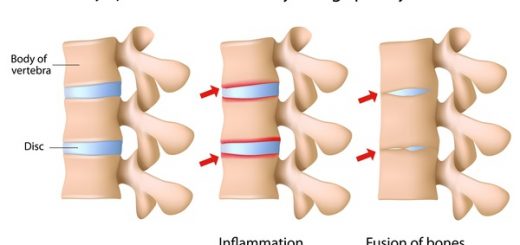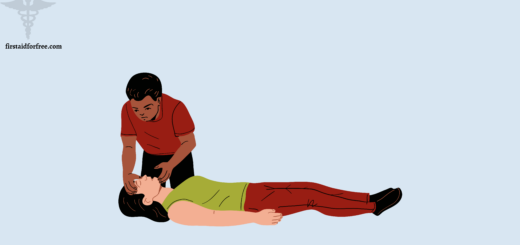First Aid for Hip and Pelvic Injuries
The most common form of hip injury is a fracture of the neck of the femur (thigh bone) within the hip joint. The pelvis itself is usually injured by an indirect force such as a crushing injury.
Hip fractures tend to occur after a fall, particularly in elderly women with osteoporosis (bone thinning), for whom this injury is a major cause of disability. Sometimes a victim can bear weight and even walk on a fractured hip.
Delayed treatment can lead to long-term complications. Always seek medical attention for a serious impact on the hip, especially in an elderly person.

The pelvis may be damaged by crushing or an impact on the knee that forces the head of the femur back through the hip joint, as may occur in a car crash. Pelvic injuries are often very serious due to associated damage to blood vessels, nerves and nearby organs.
Signs and Symptoms
Hip and pelvic injuries share several symptoms. These may include:
- severe pain, which increases with movement inability to stand or walk
- nausea, faintness or giddiness
- pale, clammy skin
- signs of shock from internal bleeding
- swelling and bruising
A fractured neck of femur may cause the limb on the affected side to become shortened and externally rotated so the foot is facing outwards.
First Aid Treatment
- Help the casualty to lie down and place some support alongside the leg, such as a folded blanket.
- Call for emergency medical assistance
- While awaiting the ambulance, immobilize the leg by splinting it to the other leg
- Treat shock if it develops but do not raise the legs.





